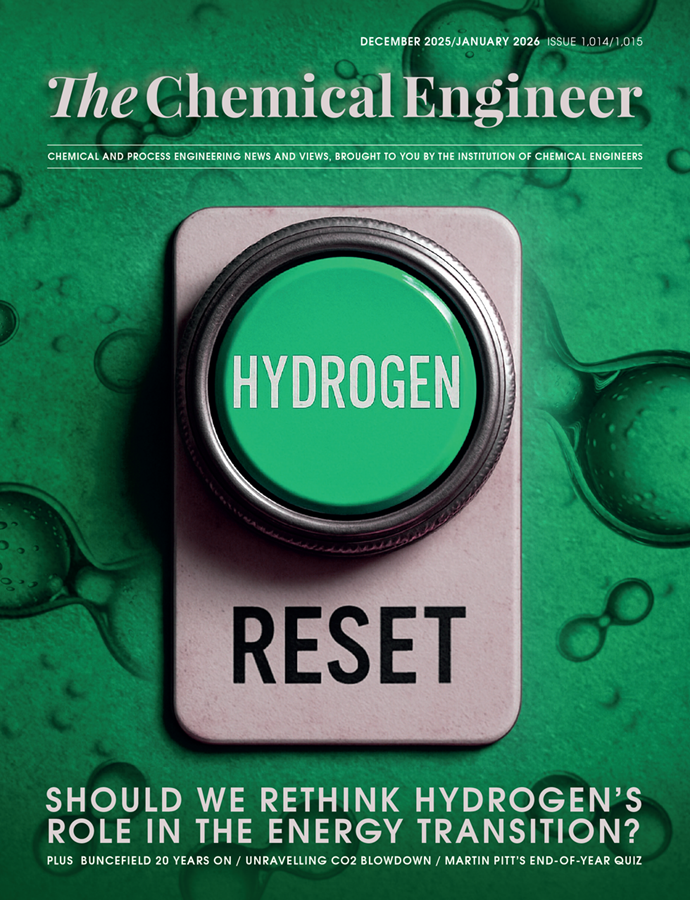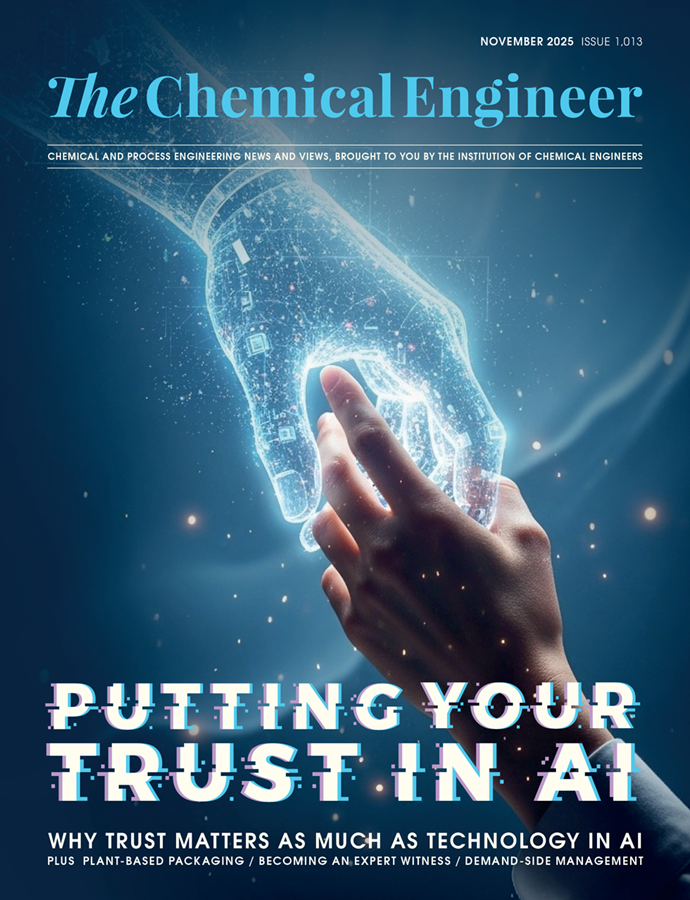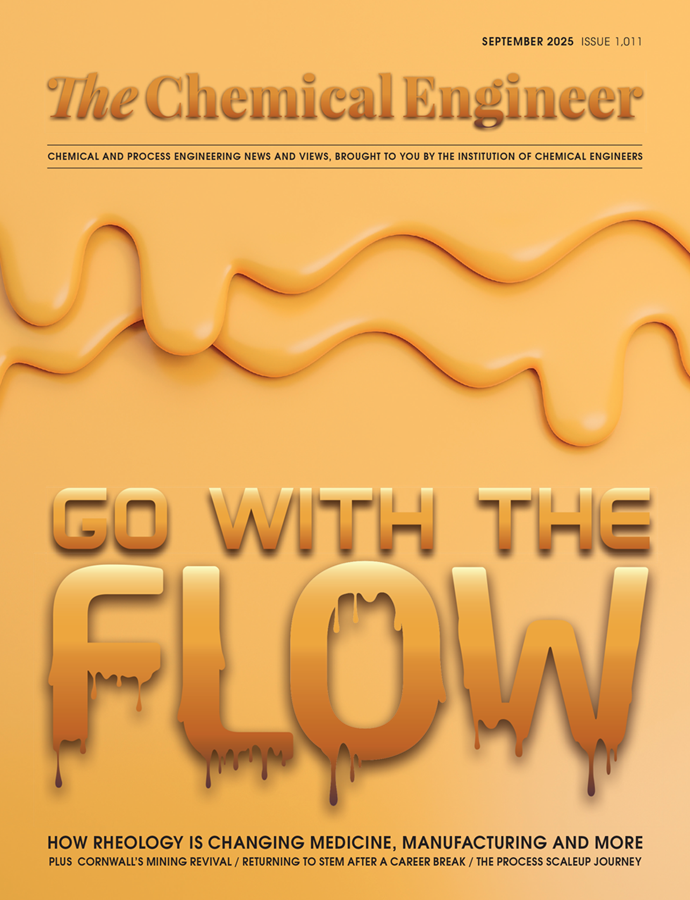Animal welfare experts renew call on UK government to ban CO2 for pig stunning

A COMMITTEE of animal welfare experts has recommended a ban on the use of high concentration CO2 to stun and kill pigs in a new report for the UK government.
The Animal Welfare Committee (AWC), an independent expert panel commissioned by the Department for Food, Environment and Rural Affairs and Scottish and Welsh governments, has recommended abattoirs switch to using inert gases like argon, nitrogen or helium.
The use of high concentration CO2 as a method to stun and kill pigs has increased in recent years and is now used for 90% of all pigs reared for meat in England and Wales. Its popularity has grown as large, mechanised abattoirs have gradually displaced smaller sites, since the method can be used to slaughter multiple pigs simultaneously, unlike electrical stunning methods that were more common historically.
However, high concentration CO2 is known to cause “severe pain and stress” in pigs before they fall unconscious which has provoked long-held calls from animal welfare experts for its prohibition. CO2 is an asphyxiant which dissolves in mucous membranes and affects blood pH, and a recent EU-funded study found that the concentrations used in abattoirs, usually greater than 80%, “greatly exceed” the level at which pigs begin feeling extreme pain. The study found that pigs can hyperventilate when exposed to concentrations as low as 30%.
The meat industry claims that CO2-based slaughter has welfare benefits since it allows pigs to be stunned and killed while surrounded by other animals which reduces anxiety and stress. The process works by lowering up to 40 pigs into a pit as CO2 is continuously pumped, knocking the pigs unconscious and then killing them. The AWC reported that inert gases, while still asphyxiants, would have the same outcome, including equal meat quality, without causing pain. The report added that argon would be compatible with existing infrastructure since, like CO2, it is lighter than air so would sink to the bottom of the pit.
Under UK law, inert gases are already permitted for pig slaughter, as are mixtures of CO2 with inert gases, although the AWC said that there are no “welfare benefits” to using this method.
No progress in 20 years
The AWC’s report is the latest in a long line of calls for CO2-based slaughter to be banned. In 2003, the Farm Animal Welfare Council, a predecessor to the AWC, said the method was “not acceptable” and should be completely phased out by 2008. That report also recommended more research into using inert gases, which was subsequently commissioned by the government in 2005, since the “lack of viable alternative stunning methods for commercial throughputs has…helped to maintain the status quo”.
The latest report, however, said “there have been no significant alterations” to existing CO2-based systems since 2003. The AWC has now urged the industry to switch to alternative methods by 2030.
Nick Allen, CEO of the British Meat Processors Association, told TCE that the lack of progress since 2003 is likely because “no one has been prepared to fund the research”. He added: “The UK pig sector is tiny in international terms so if research is going to [be] done it is unlikely to take place here as we have not got the research facilities to carry out this sort of work.
“The Animal Welfare Committee report raises as many questions as it does answers and only experimental research work will provide those answers.”
The meat industry has long favoured CO2 as it kills pigs more quickly than inert gases. According to EU-funded research by the Institute of Agrifood Research and Technology, argon systems would cost 2-3 times more per pig than CO2 systems. Allen said that a switch would “decimate” the UK pork industry and render it “completely uncompetitive”.
Recent Editions
Catch up on the latest news, views and jobs from The Chemical Engineer. Below are the four latest issues. View a wider selection of the archive from within the Magazine section of this site.




